Last week, North Korean leader Kim Jong-un met with the high-level South Korean envoys who have aimed to get U.S.-North Korea engagement back on track. In August, U.S. President Trump abruptly canceled a planned trip by Secretary of State Mike Pompeo and the newly-appointed Special Representative for North Korea Stephen Beigun. According to the South Korean readout of the trip, Kim reiterated his desire for a declaration with the United States ending the Korean War, which in 1953 ended with a truce, leaving the Korean Peninsula technically still at war today. The United States, for its part, has resisted issuing this declaration—which both Pyongyang and Seoul have been advocating—before North Korea made significant progress in final, fully verified denuclearization.
Since President Trump met with Kim Jong-un in Singapore on June 12, nuclear negotiations have stalled over what comes first: the end-of-war declaration or denuclearization. Pyongyang has claimed that it has shown good faith by halting nuclear and missile tests, blowing up the entrance to the Punggye-ri nuclear test site, starting to dismantle a missile testing facility, and returning some of the U.S. prisoner-of-war remains, even as reports suggest that North Korea continues to advance its nuclear weapons capabilities. Subsequent revelations indicated that President Trump privately promised Kim that he would soon sign a peace declaration, explaining Kim Jong-un’s frustration and his refusal to meet with Pompeo on his last trip. In recent days, the White House announced that it is planning for another Trump-Kim summit.
Calling for peace talks is not a new tactic. The regime has used it in the past to delay and deflect attention from the nuclear issue. Yet while Kim Jong-il, the current leader’s father, probably recognized that this was a maximalist position and that the United States would not accept peace talks in the absence of a nuclear agreement, Kim Jong-un probably has a plausible reason to believe that an end of war declaration is within his grasp with President Trump.
Kim’s true motivations
Kim’s singular focus and push for an end-of war declaration is probably driven by a number of factors.
First, he sees a potentially once-in-a-lifetime opportunity with President Trump, who has openly derided the value of the U.S. alliance with South Korea. In Trump, Kim has a sympathetic partner in the White House who held a summit with him against the counsel of his advisers, and agreed to a statement at Singapore, which by all measures was weak and failed to advance the U.S. policy of final, fully verified denuclearization. Trump’s tweets and letters calling Kim Jong-un “honorable,” hinting at his desire to meet again to “get it done” together—man-to-man, leader-to-leader—and other complimentary statements almost certainly reinforce Kim’s belief that his personal appeals and flattery are working. The fact that President Trump had already declared a win on the North Korea issue as a result of the summit—it has also made it into the president’s talking points at his rallies—probably demonstrated to Kim that the president is eager, and indeed, invested, in a “win” with North Korea.
Second, unlike the conservative Lee Myung-bak and Park Geun-hye administrations, which took a hard line against the Kim regime, Kim Jong-un now has a partner in Seoul with the progressive Moon administration. Since Kim offered an olive branch in his New Year’s speech, President Moon has brokered, nurtured, and prodded U.S.-North Korea talks, in large part to empower his push for greater inter-Korean engagement. Kim and Moon have expressed their mutual desire for pan-Korean autonomy in Korean Peninsula affairs and relatively downplaying the nuclear issue.
Third, Kim seeks to maintain the initiative on shaping the global debate about how to approach the North Korea problem. That is, he is looking to shift the discussion to non-nuclear issues to deflect attention away from its nuclear weapons and dampen the international community’s appetite for implementing sanctions. After declaring that he has completed the nuclear weapons program, Kim has pivoted toward engagement and focusing on the economy—key themes in the recent parade held last week to celebrate the 70th anniversary of the country’s founding. The past nine months of summitry have revived and sustained calls for further engagement, even as Pyongyang continues to reject timelines and verification measures for denuclearization and covertly make additional progress on its strategic programs.
Finally, Kim is probably seeking to reduce his dependence on China by trying to start the process for peace negotiations with the United States. Kim might be calculating that sustained bilateral talks with Washington would increase his leverage against Beijing and stimulate Chinese leaders to be more pliable to Pyongyang’s preferences—such as reducing sanctions implementation—by taking advantage of Chinese concerns about being sidelined in Korean Peninsula issues.
While a declaration might buy us some time of relative quiet, it would set the stage for bigger problems down the road.
Don’t get distracted by shiny objects
As the White House prepares for another summit in which the end-of-war declaration almost certainly will be discussed, the Trump administration must be thoughtful about Kim’s motivations. The declaration—despite what Kim might say in the next meeting—is not a panacea and it is probably not the pivot on which the future of U.S.-North Korea ties, regional and global stability, and North Korean denuclearization rests. While a declaration might buy us some time of relative quiet, it would set the stage for bigger problems down the road.
There are serious risks of a premature peace declaration. It would reward Pyongyang for taking cosmetic, reversible actions, further legitimize North Korea’s claimed status as a nuclear weapons power, erode the U.S.-South Korea alliance and U.S. credibility in the region, and weaken global nonproliferation norms. It would also serve as a potential tool for Pyongyang to wield down the line when military exercises resume or Washington announces additional sanctions. Pyongyang is also likely to use Washington’s “hostile” actions as justification if the North Korean regime decide to conduct more nuclear and ballistic missile tests to put the onus on the United States for not living up to the peace declaration.
Perhaps most importantly, Kim’s confidence about his ability to manage the consequences of his bad behavior is likely to grow, potentially making him even more willing to take risks in the future and increasing the potential for miscalculation that quickly spirals into a military conflict.
Ultimately, the case for U.S. agreement to a peace declaration depends on the key assumption that Kim’s idea of peace is linked to his relinquishing of nuclear weapons. Instead, the history of North Korea’s nuclear ambitions, the ideological infrastructure that the Kim dynasty has built over the decades, and the regime’s own public statements strongly suggest that peace—from North Korea’s perspective—is achievable because it has nuclear weapons. Any planning for an end-of-war declaration must confront this important distinction and prepare for the consequences as the North Korea nuclear issue continues to evolve.
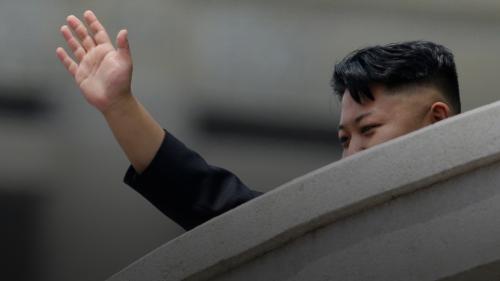
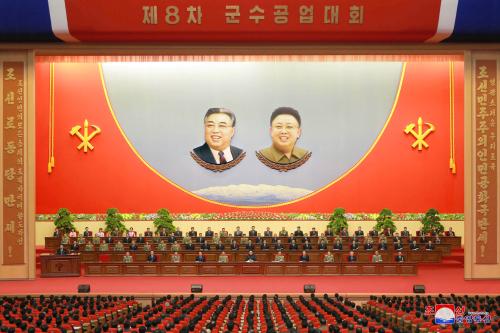

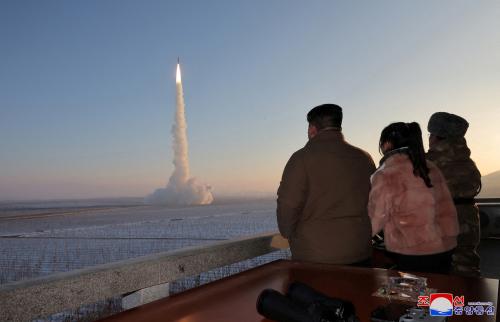
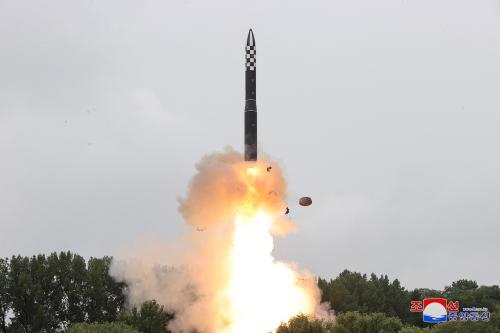
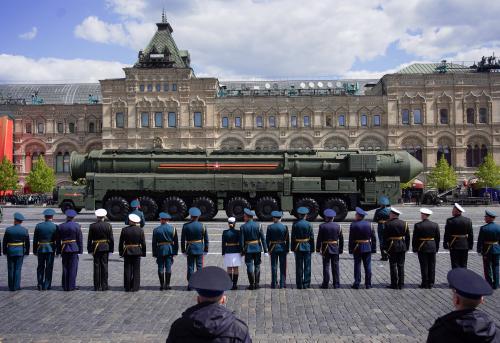
Commentary
The real reason Kim Jong-un wants to declare an end to the Korean War
September 17, 2018